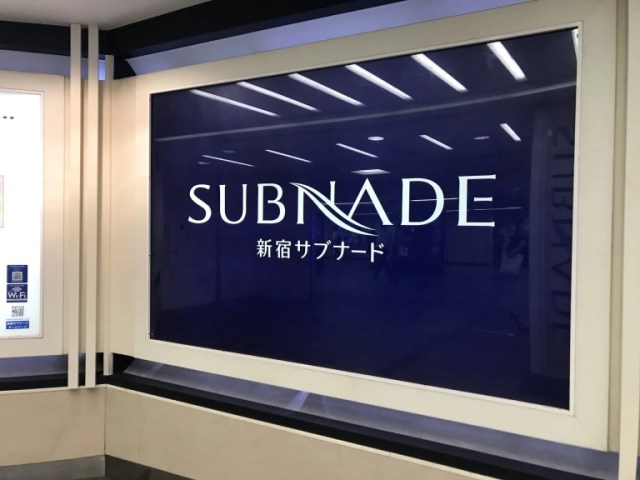
Exploring beneath the streets of the skyscraper district.
Tokyo’s Shinjuku neighborhood is right at the heart of one of the busiest, most crowded cities in the world, and as soon as you step out onto the street you’ll find yourself surrounded by skyscrapers. But as you gawk up at block after block of the high-rise foliage of the concrete jungle, there’s also a network of tunnels right beneath your feet.
We’re not talking about the multiple subway lines that link up at Shinjuku Station, either. Walk around surface-level Shinjuku, and before long you’ll spot one of a number of staircases with a sign saying Subnade. Head down the steps…
…and you’ll reach a huge underground shopping and restaurant center that runs for several city blocks.
Subnade connects to the subterranean East Exit of JR Shinjuku Station, and it’s something of a time capsule. Since Subnade’s opening in 1973, above-ground Shinjuku has gone through multiple waves of redevelopment, with shiny new buildings taking the spots of torn-down older ones. Subnade, though, still has an old-school atmosphere, and offers alternatives to the chain stores and eateries that occupy the more expensive street-level skyscraper entertainment complexes.
▼ Bambi, for example, is a small local chain specializing in hamburger steaks whose Subnade branch has been at this location for decades.
Shinjuku is also where many large Japanese companies have their offices, and many of Subnade’s clothing stores are oriented towards women who work in the neighborhood. Women’s business attire is a unique part of the Japanese fashion world. Full suits generally aren’t required, but there’s still a certain dressiness that needs to be maintained, resulting in a sort of business semi-casual of understated stylishness.
Compared to the steep prices at the department stores in the neighborhood, Subnade’s shops are stocked with much more reasonably priced options that don’t give up anything in terms of fashionableness or workplace usability.
As you get deeper into Subnade, though, you might start to notice a change in some of the fashions on display.
Subnade stretches east and north from Shinjuku Station, and so it also connects to Kabukicho, Tokyo’s biggest bar district. Because of that, Subnade has a handful of boutiques focused on the business attire of the hostess bar industry: glamorous dresses in bright colors and bold designs.
Again, these are priced pretty affordably by Japanese standards, with the dresses on this rack going for just 4,290 yen (US$30).
Shifting gears back to food, Subnade is also where you’ll find one of the remaining branches of local chain Cafe Haiti.
This is one of our Japanese-language reporter Mariko Hanabatake’s favorite spots to grab lunch, since they do a great dry curry rice plate…
…and they also serve Haitian coffee with a small side of rum.
Subnade does have some major chains as well, with Starbucks, Doutor, and Caffe Veolce all having coffeehouses in its halls.
But it’s the less-known tenants that really make it an interesting place to explore, like its award-winning aquarium supply and tropical fish shop.
And if you get tired from all the walking around, there’s a row of a half-dozen massage places to help rejuvenate you…
…and an herbal remedy shop too.
Like a lot of places, though, times have been tough for Subnade during the pandemic. A number of its shops have closed, and both the Shinjuku Metro Restaurant Town and Kinokuniya Underground Center, two of its neighbors, have shut down entirely.
For now, though, Subnade is still holding on, and it’s still worth seeing for yourself the next time you’re in the neighborhood.
Photos ©SoraNews24
● Want to hear about SoraNews24’s latest articles as soon as they’re published? Follow us on Facebook and Twitter!
[ Read in Japanese ]

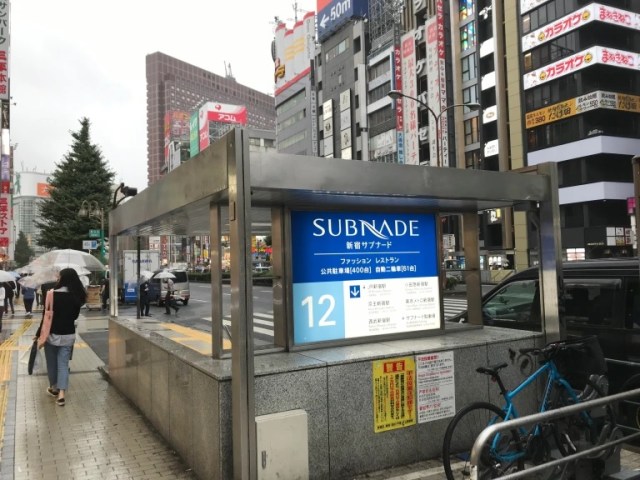
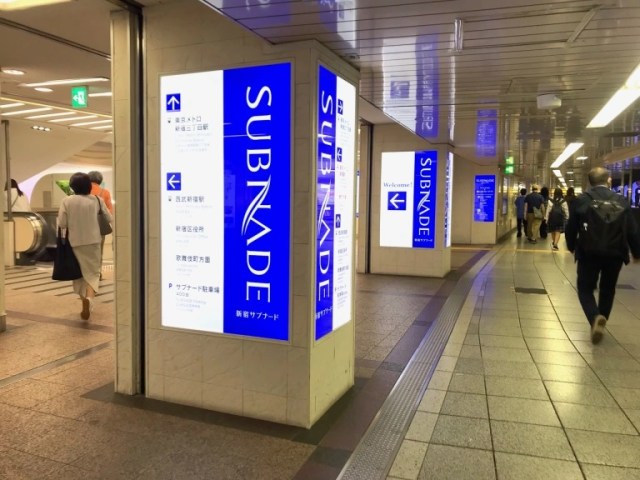
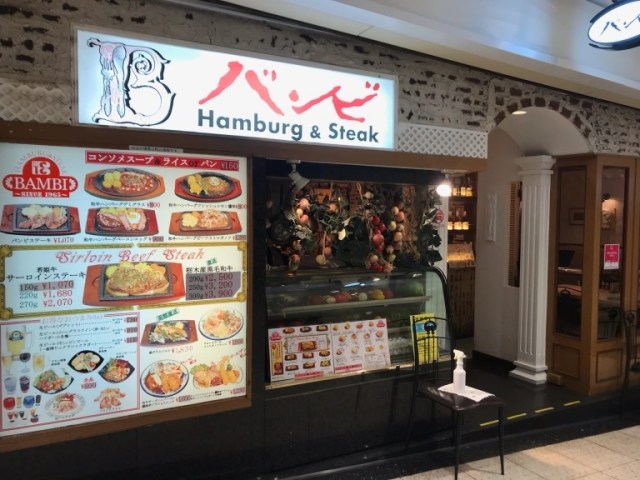
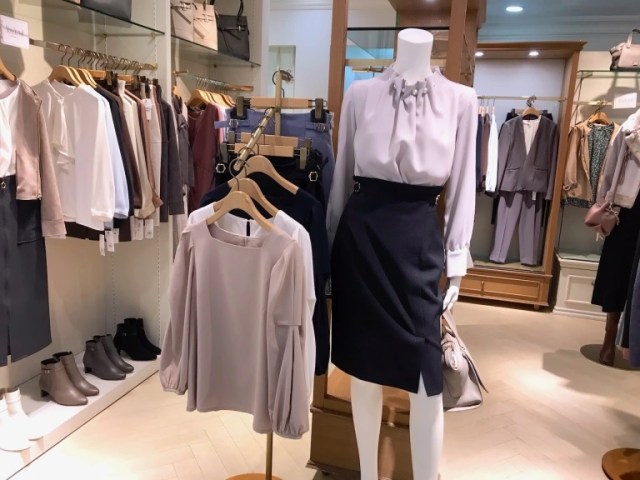
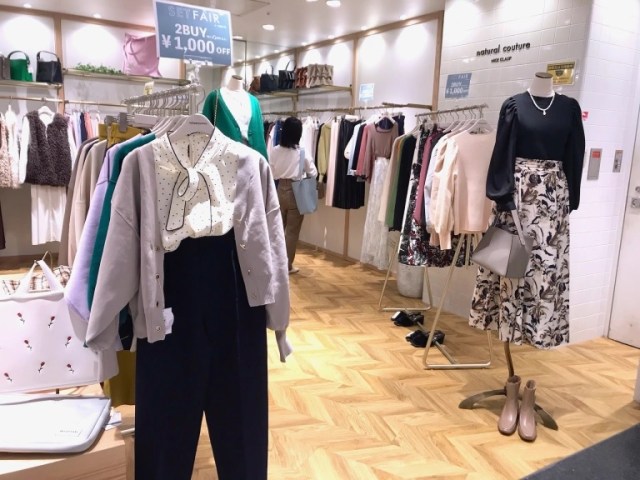
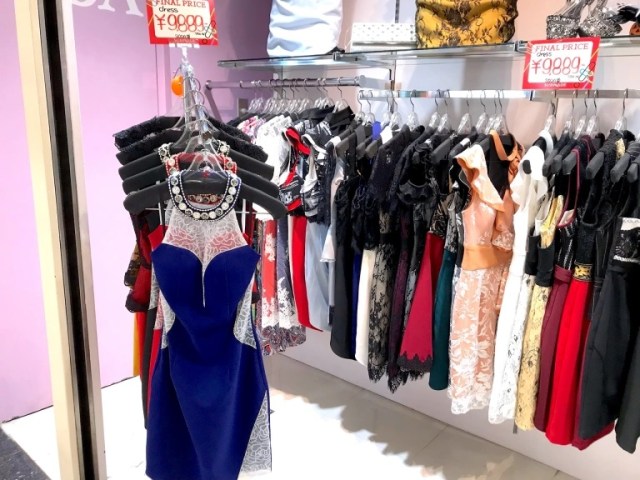
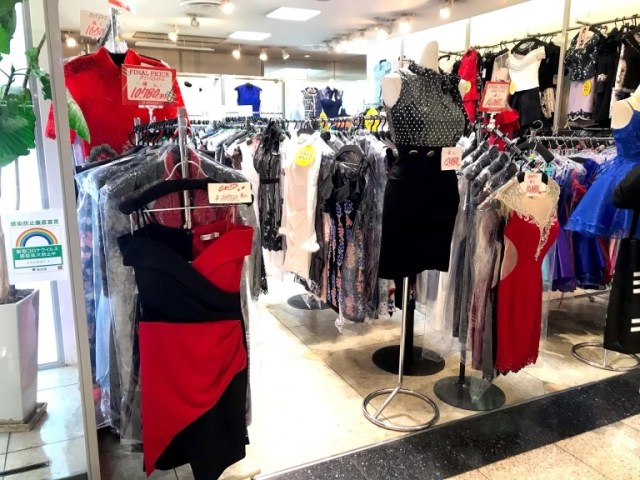
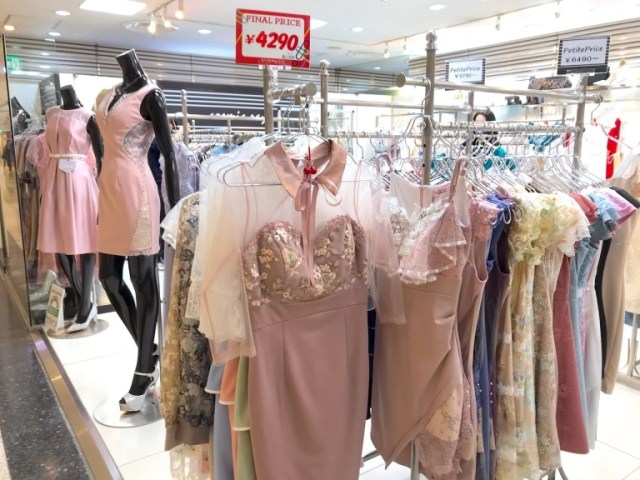
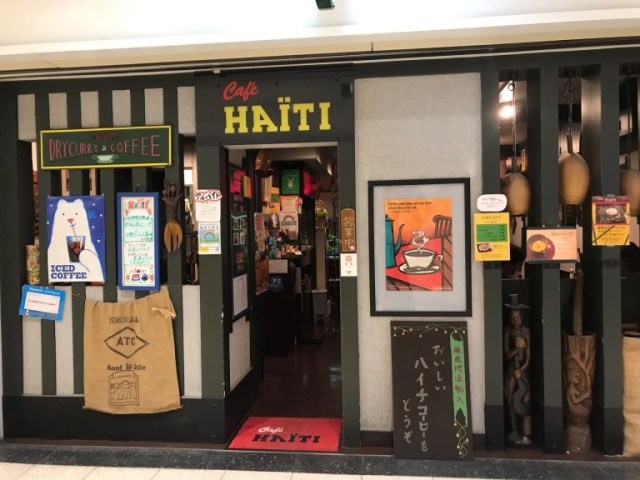
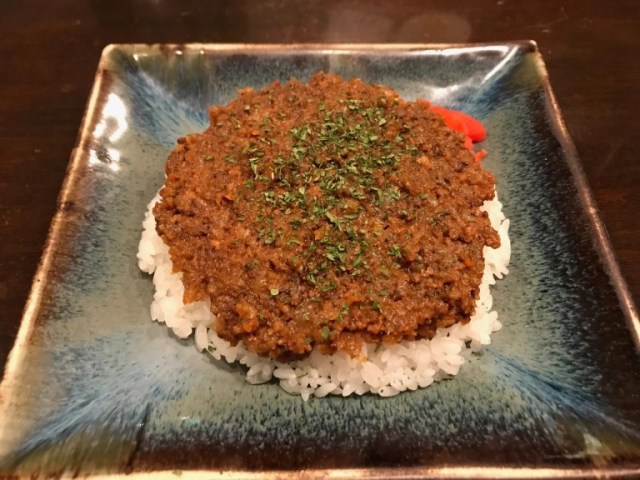
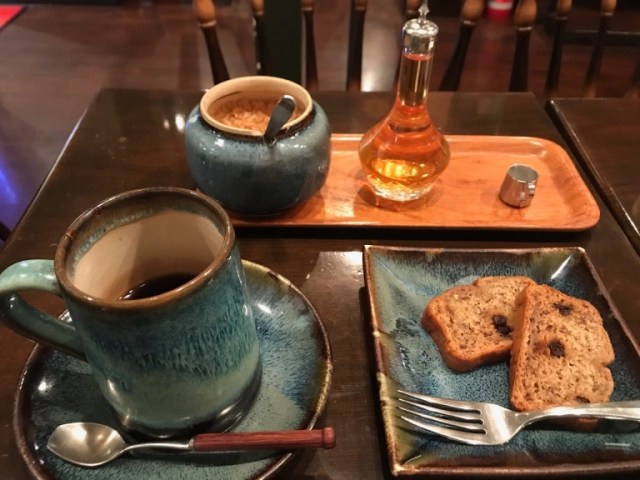
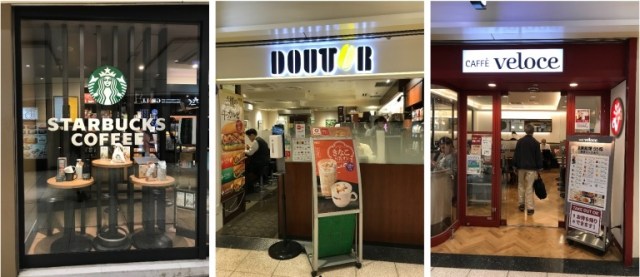
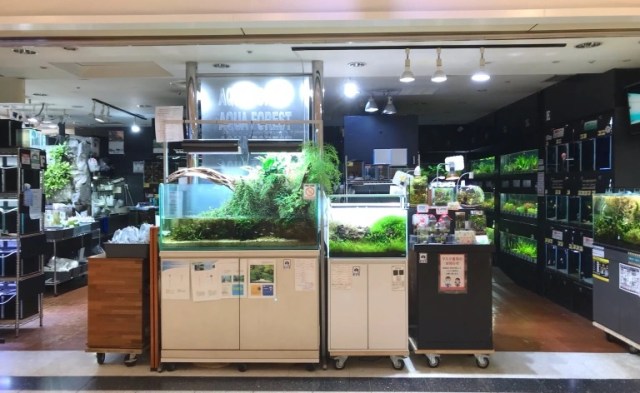
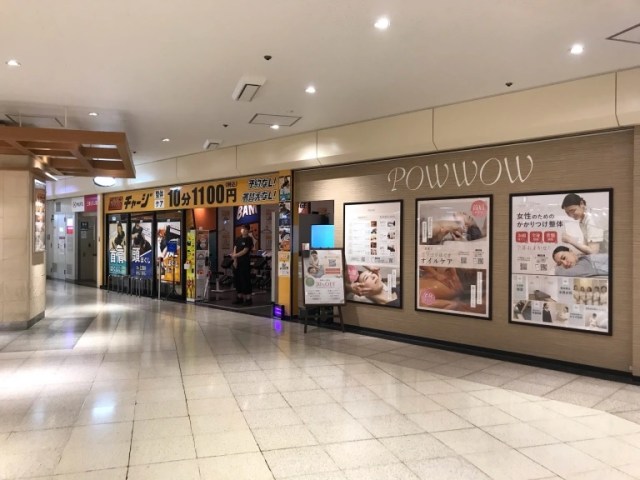
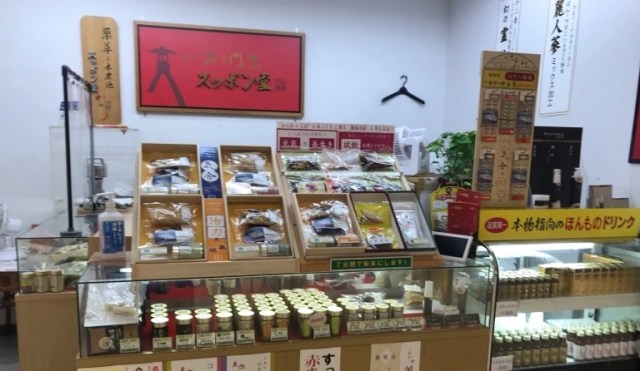
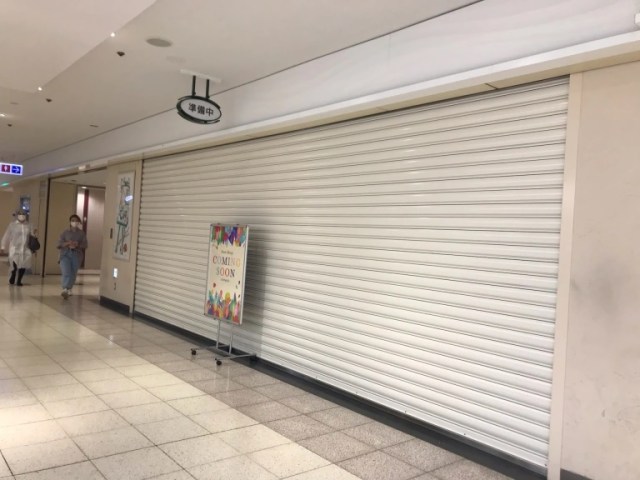
 Mysterious, foul-smelling ooze floods Shinjuku station walkways, terrorizes Tokyoites 【Videos】
Mysterious, foul-smelling ooze floods Shinjuku station walkways, terrorizes Tokyoites 【Videos】 Soup curry and onigiri for breakfast at a super tasty semi-secret spot in Tokyo’s Shinjuku
Soup curry and onigiri for breakfast at a super tasty semi-secret spot in Tokyo’s Shinjuku A visit to T-CAT, Tokyo’s often forgotten City Air Terminal【Photos】
A visit to T-CAT, Tokyo’s often forgotten City Air Terminal【Photos】 End-of-the-line exploring in Japan: Visiting Hashimoto Station
End-of-the-line exploring in Japan: Visiting Hashimoto Station One of Tokyo’s most famous meeting-spot landmarks is closing for good
One of Tokyo’s most famous meeting-spot landmarks is closing for good Japan’s new difficult-to-drink-from beer glass protects your liver, but it’s a brutal experience
Japan’s new difficult-to-drink-from beer glass protects your liver, but it’s a brutal experience Demon Slayer: Kimetsu no Yaiba gets new roller coaster attractions and food at Universal Studios Japan
Demon Slayer: Kimetsu no Yaiba gets new roller coaster attractions and food at Universal Studios Japan New Pokémon ice cream, dessert drinks, and cool merch coming to Baskin-Robbins Japan【Pics】
New Pokémon ice cream, dessert drinks, and cool merch coming to Baskin-Robbins Japan【Pics】 Hello, cosmetics! Clinique teams up with Hello Kitty this summer for first-time collaboration
Hello, cosmetics! Clinique teams up with Hello Kitty this summer for first-time collaboration New Nintendo Lego kit is a beautiful piece of moving pixel art of Mario and Yoshi【Photos】
New Nintendo Lego kit is a beautiful piece of moving pixel art of Mario and Yoshi【Photos】 Caffeinated ramen for gamers that you can eat with one hand going on sale in Japan
Caffeinated ramen for gamers that you can eat with one hand going on sale in Japan How to order snacks on a Shinkansen bullet train in Japan
How to order snacks on a Shinkansen bullet train in Japan New samurai glasses are Japan’s latest weird must-have souvenir
New samurai glasses are Japan’s latest weird must-have souvenir High-fashion Totoro cuddle purse is like an elegant stroll in the forest【Photos】
High-fashion Totoro cuddle purse is like an elegant stroll in the forest【Photos】 Swords of famous samurai reborn as beautiful kitchen knives from Japan’s number-one katana town
Swords of famous samurai reborn as beautiful kitchen knives from Japan’s number-one katana town Nintendo history you can feel – Super NES, N64, and GameCube controllers become capsule toys
Nintendo history you can feel – Super NES, N64, and GameCube controllers become capsule toys “The most Delicious Cup Noodle in history” – Japan’s French Cup Noodle wins our heart【Taste test】
“The most Delicious Cup Noodle in history” – Japan’s French Cup Noodle wins our heart【Taste test】 Starbucks releases a cute Frappuccino and Unicorn Cake…but not in Japan
Starbucks releases a cute Frappuccino and Unicorn Cake…but not in Japan Kyoto Tower mascot termination reveals dark side behind cute Japanese characters
Kyoto Tower mascot termination reveals dark side behind cute Japanese characters McDonald’s Japan’s Soft Twist Tower: A phantom ice cream only sold at select branches
McDonald’s Japan’s Soft Twist Tower: A phantom ice cream only sold at select branches Yabai Ramen: What makes this Japanese ramen so dangerous?
Yabai Ramen: What makes this Japanese ramen so dangerous? Finally! Nintendo Japan expands Switch 8-bit controller sales to everybody, Online member or not
Finally! Nintendo Japan expands Switch 8-bit controller sales to everybody, Online member or not Japanese government wants to build luxury resorts in all national parks for foreign tourists
Japanese government wants to build luxury resorts in all national parks for foreign tourists To combat declining birth rate, Japan to begin offering “Breeding Visas” to foreigners
To combat declining birth rate, Japan to begin offering “Breeding Visas” to foreigners 10 things you should buy at 7-Eleven in Japan
10 things you should buy at 7-Eleven in Japan Studio Ghibli releases anime heroine cosplay dresses that are super comfy to wear
Studio Ghibli releases anime heroine cosplay dresses that are super comfy to wear Woman charged for driving suitcase without a license in Osaka
Woman charged for driving suitcase without a license in Osaka Studio Ghibli unveils My Neighbour Totoro miniature house model
Studio Ghibli unveils My Neighbour Totoro miniature house model Kyoto experiencing problems with foreign tourists not paying for bus fares, but not on purpose
Kyoto experiencing problems with foreign tourists not paying for bus fares, but not on purpose Fighting mild hunger with a Japanese soda that turns into jelly in the stomach【Taste test】
Fighting mild hunger with a Japanese soda that turns into jelly in the stomach【Taste test】 Studio Ghibli’s Howl’s Moving Castle tapestry unveiled in Japan for first time
Studio Ghibli’s Howl’s Moving Castle tapestry unveiled in Japan for first time McDonald’s new Happy Meals offer up cute and practical Sanrio lifestyle goods
McDonald’s new Happy Meals offer up cute and practical Sanrio lifestyle goods Sales of Japan’s most convenient train ticket/shopping payment cards suspended indefinitely
Sales of Japan’s most convenient train ticket/shopping payment cards suspended indefinitely Sold-out Studio Ghibli desktop humidifiers are back so Totoro can help you through the dry season
Sold-out Studio Ghibli desktop humidifiers are back so Totoro can help you through the dry season Japanese government to make first change to romanization spelling rules since the 1950s
Japanese government to make first change to romanization spelling rules since the 1950s Foreigner’s request for help in Tokyo makes us sad for the state of society
Foreigner’s request for help in Tokyo makes us sad for the state of society Ghibli founders Toshio Suzuki and Hayao Miyazaki contribute to Japanese whisky Totoro label design
Ghibli founders Toshio Suzuki and Hayao Miyazaki contribute to Japanese whisky Totoro label design Doraemon found buried at sea as scene from 1993 anime becomes real life【Photos】
Doraemon found buried at sea as scene from 1993 anime becomes real life【Photos】 Tokyo’s most famous Starbucks is closed
Tokyo’s most famous Starbucks is closed Princesses, fruits, and blacksmiths: Study reveals the 30 most unusual family names in Japan
Princesses, fruits, and blacksmiths: Study reveals the 30 most unusual family names in Japan Every Yu-Gi-Oh! card ever, all in one place at awesome Tokyo train station display 【Photos】
Every Yu-Gi-Oh! card ever, all in one place at awesome Tokyo train station display 【Photos】 The top 20 places to visit in Tokyo, as chosen by travelers
The top 20 places to visit in Tokyo, as chosen by travelers Godzilla appears in the Tokyo skyline atop new Shinjuku skyscraper! 【Photos】
Godzilla appears in the Tokyo skyline atop new Shinjuku skyscraper! 【Photos】 10 of our absolute favorite places to spend a day in Tokyo
10 of our absolute favorite places to spend a day in Tokyo Baked fresh to your specs in just one minute: 800 Degrees Pizza opens first store in Japan
Baked fresh to your specs in just one minute: 800 Degrees Pizza opens first store in Japan Another Tokyo urban landmark closing down, this time the home of Shinjuku’s giant Yunika Vision
Another Tokyo urban landmark closing down, this time the home of Shinjuku’s giant Yunika Vision Tokyo’s iconic 109 department store designated most likely building to collapse in earthquake
Tokyo’s iconic 109 department store designated most likely building to collapse in earthquake We hope you’re not thirsty — Tokyo shuts down its vending machines for U.S. president’s visit
We hope you’re not thirsty — Tokyo shuts down its vending machines for U.S. president’s visit Tokyo Station’s new guidance robot is extremely terrifying, pretty helpful【Video】
Tokyo Station’s new guidance robot is extremely terrifying, pretty helpful【Video】 End of the line for Japan’s absolute favorite waitress uniform and one of its favorite pie places
End of the line for Japan’s absolute favorite waitress uniform and one of its favorite pie places Japan’s tallest skyscraper ever, taller than Tokyo Tower, to be built near Tokyo Station
Japan’s tallest skyscraper ever, taller than Tokyo Tower, to be built near Tokyo Station
Leave a Reply